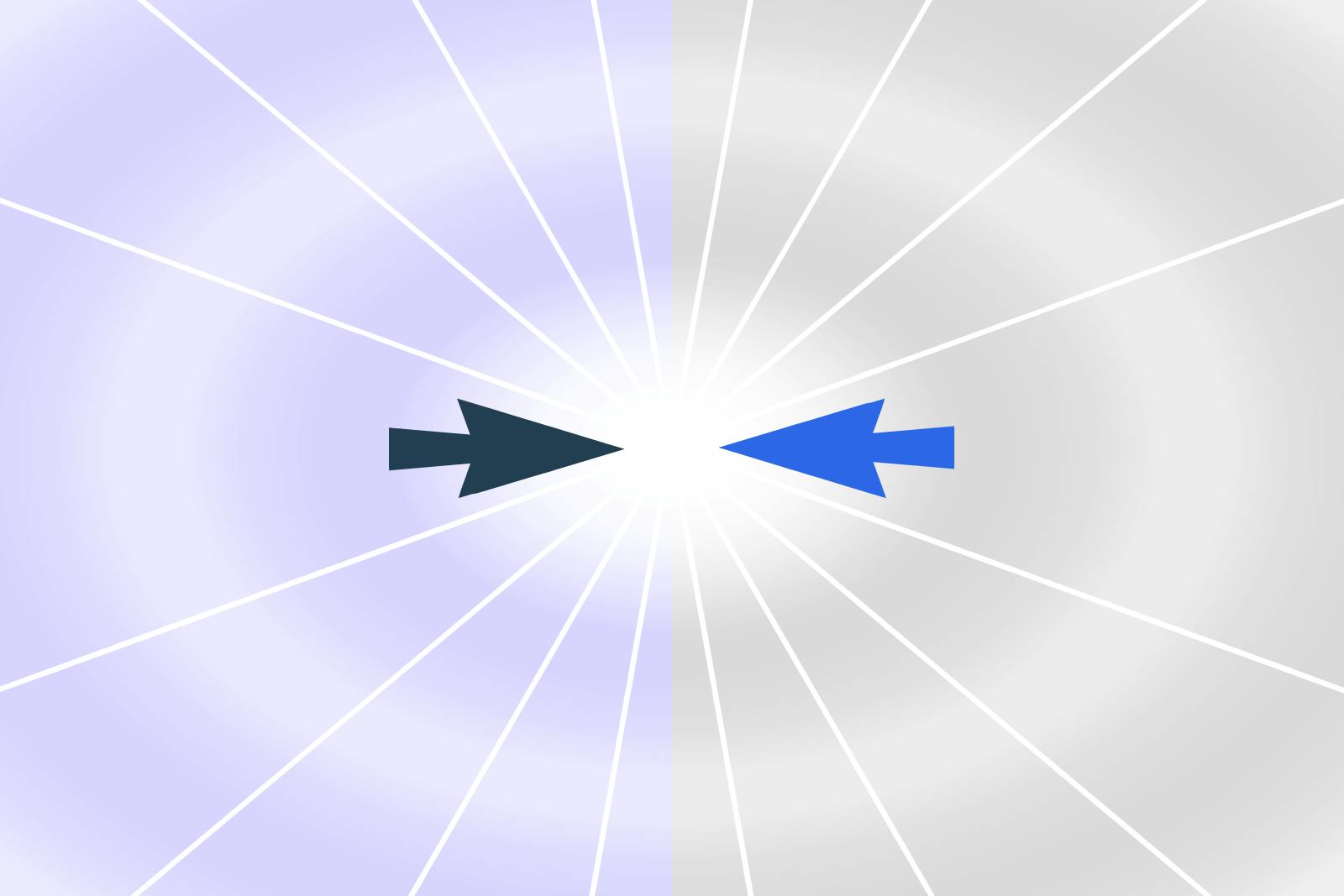Lumin Sign vs Dropbox Sign
author
Luke Houghton
published
Feb 26, 2024
categories
Digital Signatures
read time
4 mins

Two rebrands. Two ways to send and receive eSignatures. One winner – you decide.
Table of Contents
1. Who are the contenders?
2. What’s the difference between an eSignature tool and a “eSignature workflow tool”?
3. So what’s the difference between Lumin Sign and Dropbox Sign?
4. Is one of them free?
5. Pick your winner
- 1. Who are the contenders?
- 2. What’s the difference between an eSignature tool and a “eSignature workflow tool”?
- 3. So what’s the difference between Lumin Sign and Dropbox Sign?
- 4. Is one of them free?
- 5. Pick your winner
share this post
The time of digital transformation is upon us. No longer are you required to print that contract or express post it for signing. This is great news if you like saving the trees, having secure signatures and saving costs.
But with a brave new world comes bold new products. The newest contestants to enter the digital signature arena are here, both rebranded and ready to bring the heat.
In today’s battle royale, we will cover Lumin Sign vs. Dropbox Sign.
Now: let’s get ready to rumble!
Who are the contenders?
Two separate teams in two different offices in two different parts of the world decided to rebrand their eSignature tools at around the same time.
Lumin’s product BananaSign was rebranded to Lumin Sign and Dropbox’s product HelloSign was rebranded to Dropbox Sign. This was to align with their parent brands, as you can see.
Both tools are based around eSignatures, but each contender has a different spin on it – and few additional features up their sleeves (we will cover these later).
What’s the difference between an eSignature tool and a “eSignature workflow tool”?
An eSignature tool places an image of your signature on whatever you are signing. This is secured by cryptography, which means the signature can only be linked to you. How secure is that?
In comparison, an eSignature workflow tool goes beyond just document signing. You’re able to request signatures, oversee contracts on their journey and automate the reminder process; all from one platform. This is useful if you have a contract that needs to be signed by multiple parties, or are sending multiple documents for signing every day.
So what’s the difference between Lumin Sign and Dropbox Sign?
These two eSignature heavyweights offer the same basic functions. These are:
- both platforms allow you to sign and send documents, eliminating the process of printing, signing and scanning paper documents.
- they are both secure and legal.
- both platforms offer the flexibility to sign documents on desktop or via mobile app.
So what are the differences? Let’s put these contenders head to head.
Lumin Sign's strengths
Lumin Sign comes in swinging with features such as contract status display, automated reminders, and a push notification option to keep tabs on how your contract is moving. It also has an API option for those wanting something more personalized.
One edge Lumin Sign has over Dropbox Sign is its Google Drive integration; you can save your signed documents back to a shared folder in Google Drive.
Dropbox Sign's strengths
Dropbox Sign, on the other hand, has features such as audit trails and no-code integrations with software such as HubSpot and Google Drive.
It depends on the features that work best for your business. Looking for a basic electronic signature tool that integrates with your software? Dropbox Sign might be your best bet.
Do you need more advanced features and an easy-to-use workflow? Lumin Sign is the one.
Is one of them free?
Lumin Sign offers a free version which allows 5 documents to be sent for signing per month.
Dropbox Sign does not have a free version of the software but does have a 30-day free trial of their plans.
Pick your winner
So there you have it, the hottest eSignature battle of the year. Who are you betting on?
The established tech with a fresh makeover, Dropbox Sign?
Or the youthful challenger with a point to make, Lumin Sign?
share this post